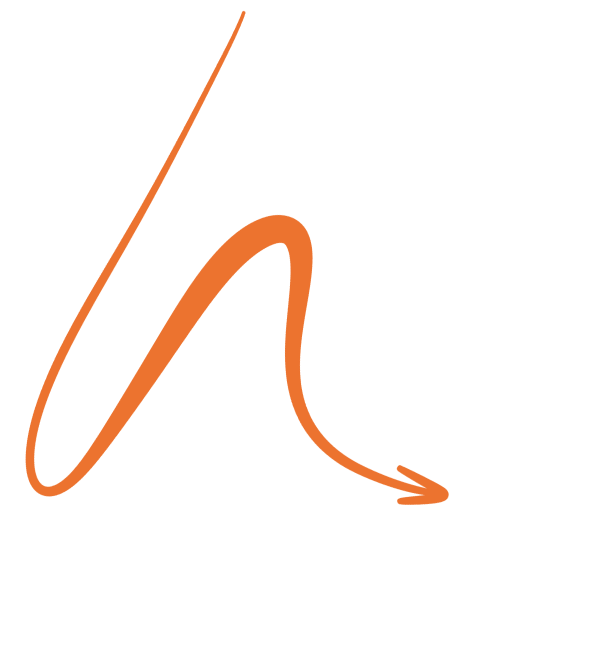Academics
Timeless Teachings in a Changing World
Curriculum
The Academy utilizes the Common Core State Standards (“CCSS”) as a guide for the development and revision of the written curriculum in English language arts (“ELA”) and mathematics. The Academy uses the Michigan Curriculum Framework (“MCF”) and Grade Level Content Expectations (“GLCE”) for curriculum development and revision in science and social studies. Extensive use of the Oakland County Common Core Initiative and Scope Curricula, housed online within Atlas Rubicon, offers a CCSS-based mastery curriculum for ELA and mathematics and a GLCE-based mastery curriculum for science and social studies. The Academy will transition to and implement the New Generation Science Standards and the College, Career, and Civic Life (“C3”) Framework for Inquiry in Social Studies Standards.
The key foundational elements the Academy’s has put into practice include a daily schedule, scope and sequencing documents, positive teacher-student interaction, assessments, and active learning ingredients. A daily schedule with consistent routines (e.g., morning announcements, calendar time, and assignment notebooks for middle school students) assists in establishing expectations and boundaries. In the classroom, the daily routine comprises of posted learning objectives, whole and small group instruction, student-initiated activities, and learning centers serving to reinforce concepts.
Core and non-core area content is guided by year-long scope and sequencing documents. The year-long documents are used by staff for instructional planning. To ensure consistency amongst grade levels, unit plans, lesson plans, and resources are found in the scope and sequencing materials. A variety of pedagogical strategies (e.g., Sheltered Instruction Observation Protocol (“SIOP”), guided mathematics and reading, differentiated instruction, and formative assessment practices are used to deliver the content. To engage students in learning, the Academy promotes positive teacher-student interactions by working together to create a safe and orderly learning environment. Teachers support and extend students’ learning by engaging students in instructional dialogue. In addition, teachers share control with the student by allowing students to have some input in the learning process (e.g., co-creating rubrics for assignments). Students are also supported through intrinsic motivation and by positive notes or contacts with parents each quarter.
Criterion-and norm-referenced tests are used to assess student achievement. In addition, teachers use formative assessment practices to monitor student progress during daily lessons and throughout units of instruction. These include activities such as student observations, anecdotal records, and strategic use of questioning. The analysis of assessment results assists teachers in planning lessons and adjusting the curriculum.
Active learning ingredients include appealing materials (i.e., manipulatives, hands-on learning, demonstrations, realia, and ELMO) and opportunities for adult support (i.e., reading/mathematics interventionists, Tier II Interventionists, 31A specialist, and ESL teachers). In addition, teachers differentiate instruction based on the individual student’s needs. The SIOP framework is also used to bridge gaps between teachers and English Language Learners (“ELL”). SIOP supports instruction using evidence-based teaching methods to incorporate reading, writing, speaking, and listening.
The Dearborn Academy is dedicated to educating students in a safe, nurturing, educational environment while preparing them to be independent lifelong learners in a global society. It is our goal to encourage each student to reach their maximum learning potential in all subject areas. Our proactive instructional setting provides a standardized curriculum, state of the art technological services and promotes bilingual education.
Core and non-core area content is based on the Michigan Academic Standards (https://www.michigan.gov/mde/Services/academic-standards).





